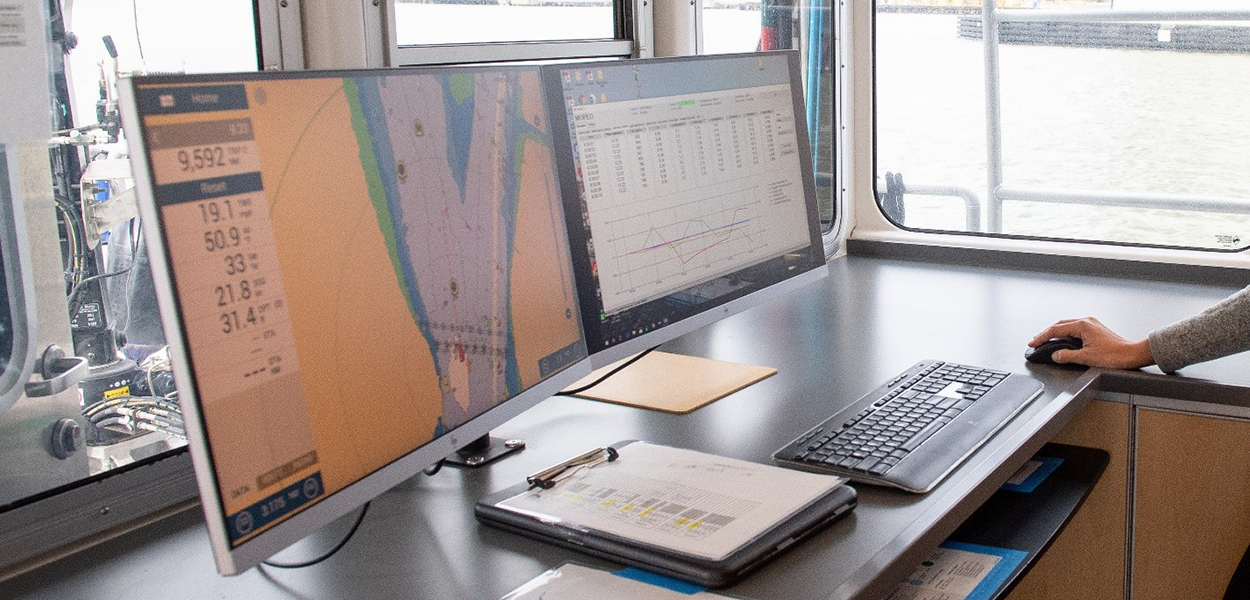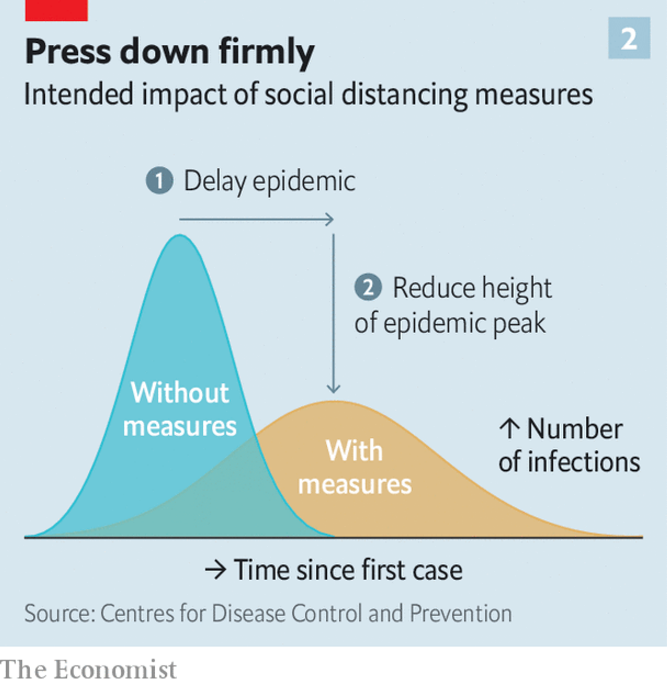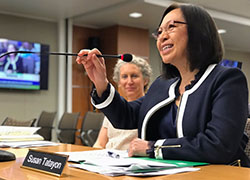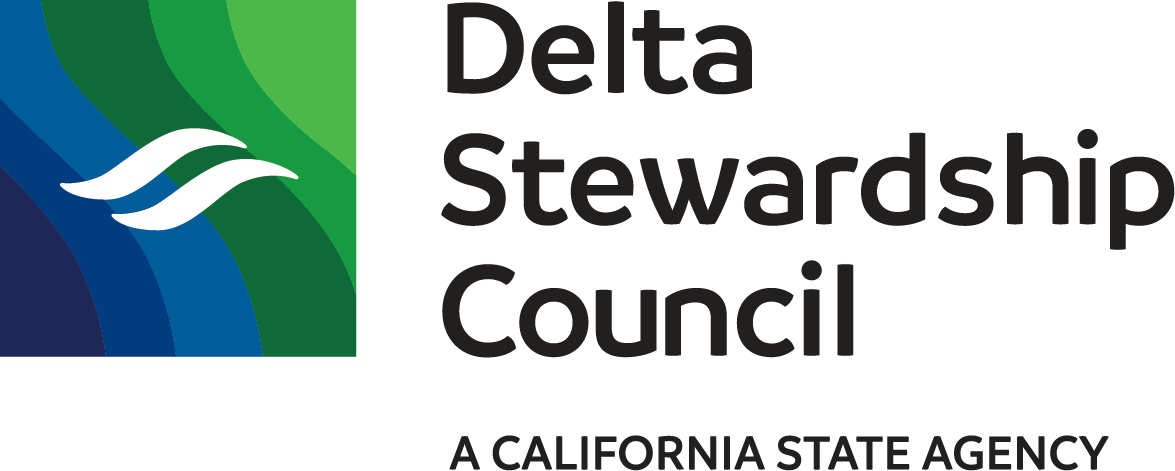
In the absence of face-to-face interactions, being able to distill research findings or science needs into clear, concise, and compelling statements is more important than ever. Pictured: A scientist analyzing digital water sampling aboard the Department of Water Resources’ research vessel, the Sentinel, in the Sacramento-San Joaquin Delta. Photo: Kelly Grow/California Department of Water Resources
Communicating What’s at Stake: the Art of Communicating Science
By Susan Tatayon
May 7, 2020
In recent weeks, we have all faced a sweeping and unprecedented disruption of daily activities as the world grapples with the coronavirus pandemic. During this time of uncertainty, I’m deeply grateful to our governments, healthcare workers, farmers, food providers, and countless others who are working around the clock to keep us safe and healthy.
I’m also grateful for the scientists and analysts who have distilled probability and statistics data into a simple and effective call-to-action to “flatten the curve,” or slow the spread of coronavirus to better match emergency response capacity. Developed by The Economist based on research by the Centers for Disease Control and Prevention, analysts created a chart to show the projected number of coronavirus cases with and without protective measures. This single image effectively conveys what’s at stake, and it inspired me to consider how we can modify communications about scientific findings related to the Sacramento-San Joaquin Delta, especially as we adapt to limited in-person interactions during these extraordinary times.

The community of scientists carrying out the Delta’s overall science enterprise will have to be more creative with how it engages policymakers and the public. In the absence of face-to-face interactions, being able to distill research findings or science needs into clear, concise, and compelling statements is more important than ever.
One recent example I can offer is Supervising Engineer Andrew Schwarz describing the Council’s approach to our climate change initiative called Delta Adapts: Creating a Climate Resilient Future.
Quantifying risk and communicating what’s at stake is a tremendous challenge, one that scientists and policymakers in the Delta know well. Describing an approach called decision scaling to evaluate risk and inform investments and policy choices, Schwarz compares it to driving a car. Each time we drive, we are accepting a certain level of risk. Some specific actions and investments can reduce the risk we take on each trip. For example, wearing a seatbelt, adjusting our mirrors, using our turn signals, and investing in eyesight assist or integrated-brake technologies, as well as collective action to maintain roads and other transportation infrastructure, all reduce risk. The driving-a-car analogy is effective. Still, I wonder if those who practice decision scaling could depict the gist of it in a single visual.
As we practice social distancing and do our part to help reduce the spread of COVID-19, I encourage everyone to be more creative and fine-tune the ways we communicate the outstanding scientific and policy analyses being done in the Delta. As Benet Wilson said, “Extraordinary times call for extraordinary measures.”

About the Author
Susan Tatayon is Chair of the Delta Stewardship Council and has more than 30 years of experience in water resources policy, planning, and management. Her monthly blog shares updates about the direction of the Council, progress toward implementing the Delta Plan, and achieving the coequal goals of water supply reliability and restoring the Delta’s ecosystem.

